Cold and Low Back Pain: An Acupuncturist’s Perspective
UNDERSTANDING THE CONNECTION BETWEEN COLD AND PAIN
As the temperatures drop, many people notice their chronic aches—especially low back pain that seems to flare up. From a Traditional Chinese Medicine (TCM) perspective, this is no coincidence. Cold is considered a pathogenic factor that can invade the body, constricting the flow of Qi (vital energy) and Blood, leading to stagnation and pain.
In TCM, the low back is governed by the Kidney meridian, which is especially sensitive to cold and deficiency. When exposed to cold or damp environments—like sitting on cold surfaces, walking barefoot on tile floors, or living in drafty spaces—the cold can “penetrate” deeply into the meridians of the lower back. This results in stiffness, heaviness, and aching sensations that worsen with cold weather or inactivity.
THE TCM VIEW: COLD INVASION AND KIDNEY DEFICIENCY
There are generally two main TCM patterns associated with cold-related low back pain:
Cold-Damp Invasion:
External cold and dampness enter the body, obstructing the channels of the lower back. The pain is typically worse in cold weather and may improve with warmth or movement.Kidney Yang Deficiency:
Internal weakness of Kidney Yang (the body’s warming and activating energy) leads to poor circulation and chronic cold sensations in the low back, knees, and feet. This often presents with fatigue, frequent urination, and a preference for warmth.
Acupuncture aims to expel cold, invigorate Qi and Blood flow, and restore the body’s balance so that natural warmth and movement return to the tissues.
HOW ACUPUNCTURE HELPS
Acupuncture treatment for cold-related low back pain often focuses on:
Warming the meridians: I sometimes use moxibustion (the burning of the herb mugwort near acupuncture points) to penetrate heat into the lower back and dispel cold. My patients know how much I love to use the warming liniments and heat lamps which help to penetrate warmth into the muscles to help with any spasms, contractions, or just to warm the “Kidney energy” (the batteries of our body) for deep restoration.
Activating local circulation: Stimulating points with electric stimulation along the Bladder, Kidney, and Du meridians to improve energy flow and relax muscle tension.
Many patients experience significant relief after a few sessions, particularly when acupuncture is combined with lifestyle adjustments such as wearing warm clothing, avoiding sitting on cold surfaces. Also, warm slow cooked foods rather than raw is essential this time of year.
SCIENTIFIC SUPPORT
Modern research supports acupuncture’s role in treating low back pain, especially when it involves muscle stiffness and inflammation.
A 2019 meta-analysis published in The Journal of Pain found that acupuncture significantly reduced chronic low back pain intensity and improved function compared to sham or no treatment.
A 2021 study in Frontiers in Neuroscience noted that acupuncture activates endogenous pain-relieving pathways, promoting the release of β-endorphins and improving local blood flow.
Studies have also shown that moxibustion can increase microcirculation and tissue temperature, supporting TCM’s view that warming therapies help dispel cold and relieve pain.
These findings align closely with the traditional understanding that restoring warmth and flow relieves stagnation and pain.
HOLISTIC SELF-CARE TIPS
Keep your lower back warm, especially during cold or damp seasons.
Stretch gently or do some light qi-gong exercises in the morning to move Qi and loosen stiff muscles. Here’s a nice 3 minute exercise to bring energy to the kidneys: 3-Minute Qi Gong Breathing Exercise for Less Stress and More Energy.
Eat warm, cooked foods such as soups and stews to support Kidney Yang.
Consider regular acupuncture during seasonal changes to strengthen your body’s resistance to cold invasion.

